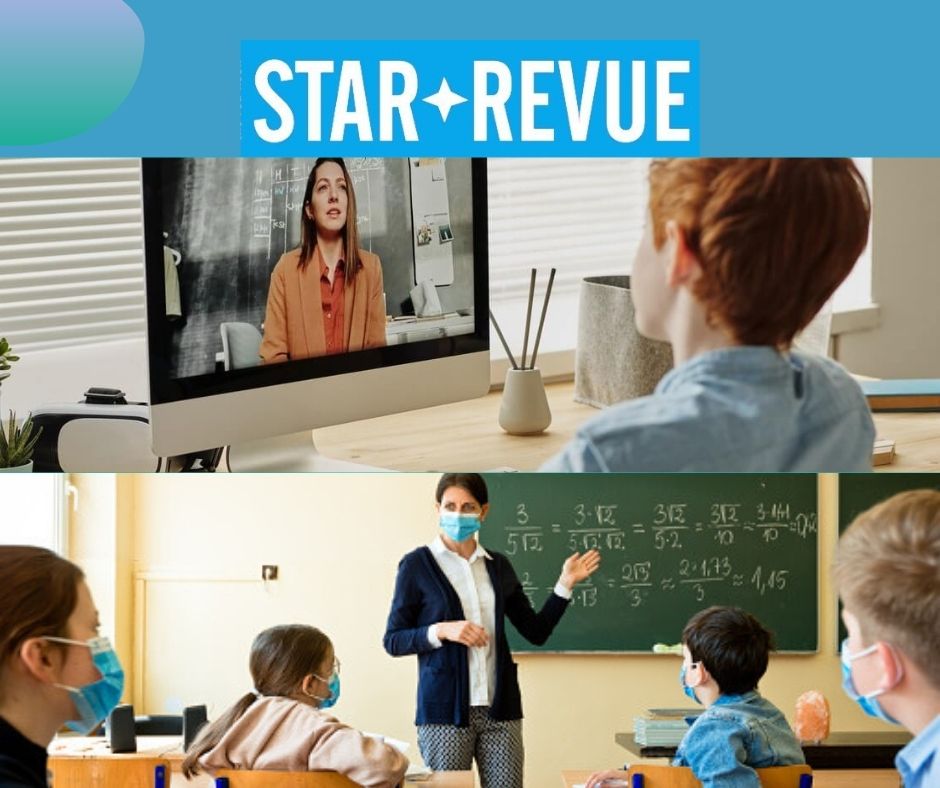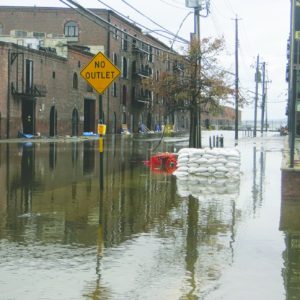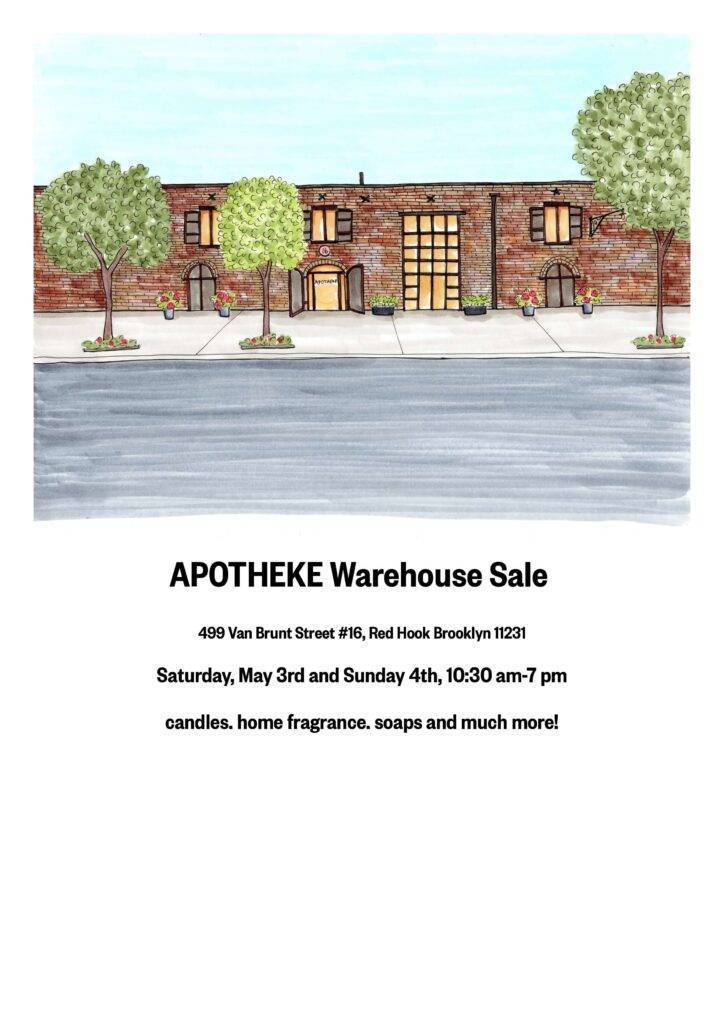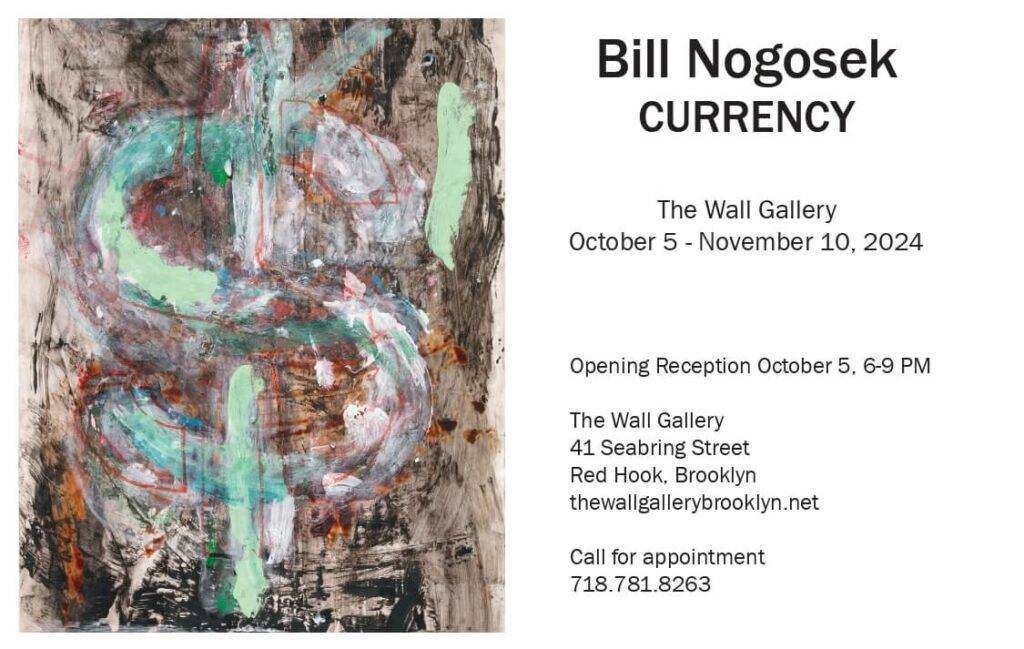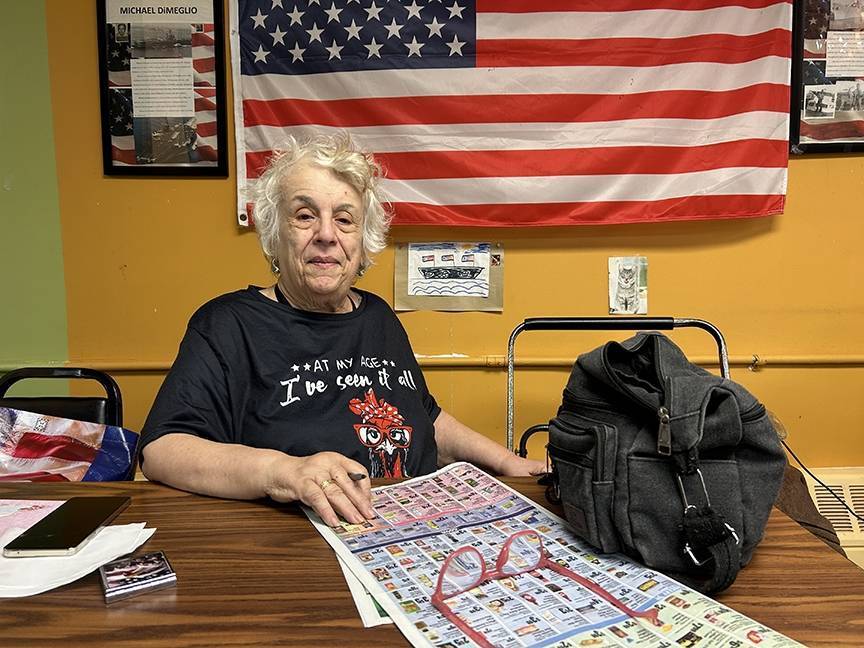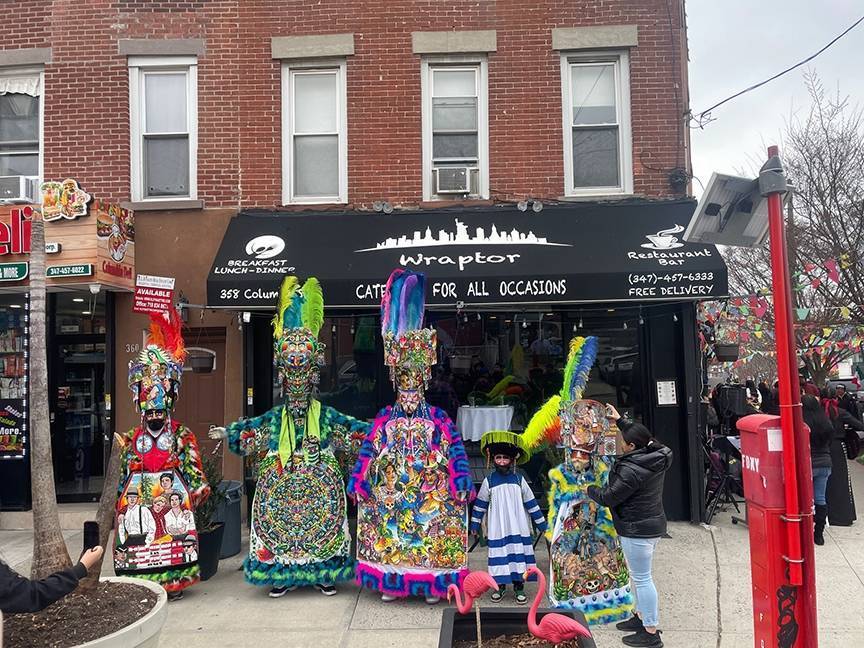As the city and NYCDOE scramble to put a plan in place for the 2020-2021 school year, we can’t lose sight of the importance of equity. We need to be mindful of what is happening to each segment of our diverse communities because equity isn’t found at the average or sum total of what is being experienced.
In 2013, Bill De Blasio ran a mayoral campaign that centered on the theme of a “tale of two cities” and an understanding that growing inequality, reflected in racial and economic disparities, was the most pressing issue in our city. A successful first step towards reducing such disparities for the de Blasio administration was ensuring that ALL 4-year-olds would be guaranteed a spot in a prekindergarten class through the Universal PreK program.
The de Blasio administration, including New York City Department of Education Chancellor Richard Carranza, has expanded on this goal by committing to the Equity and Excellence for All agenda. The mission of which is “to provide every single child, in every classroom, in every New York City public school, with a rigorous, inspiring, and nurturing learning experience.” This is intended to be “true regardless of family income, race, nationality, disability, language spoken at home, sexual orientation, or gender identification.”
As it stands now, the reopening plan includes: promises to invest in the technology needed for quality online learning; working with teachers to develop their online teaching skills; updating curriculum at the city level to reflect the new models of education; ensuring that there will be a nurse in every school building (which requires hiring 400 nurses over these next few weeks). The city also promised to provide hand sanitizer and personal protective equipment. Principals will be able to call a special hotline for supply needs, apparently.
The Mayor and Chancellor remain adamant in adhering to their policy that as long as the infection rate remains under 3% citywide, school buildings will reopen. In an email from Chancellor Carranza to all DOE employees on August 21st, he once again promised that if the citywide numbers were to go over that threshold, then the city would move back into a fully remote model.
For many community members, including parents and teachers, this policy is inadequate and deemed inequitable. If 3% is the threshold, how could it be ok for anyone to go back into a school building in a community with an infection rate over that percentage? When you have some communities above that rate being forced to go back into their school buildings because other areas have smaller ones, it becomes evident that this policy hurts people in communities primarily made up of those who have already suffered the most during the COVID-19 crisis. And the statistics show that those are lower income neighborhoods.
Ideally, equity and excellence go hand in hand, but it would be a mistake to abandon equity in the name of excellence. The Mayor’s argument is that holding classes in school buildings is more effective. Very few will disagree.

